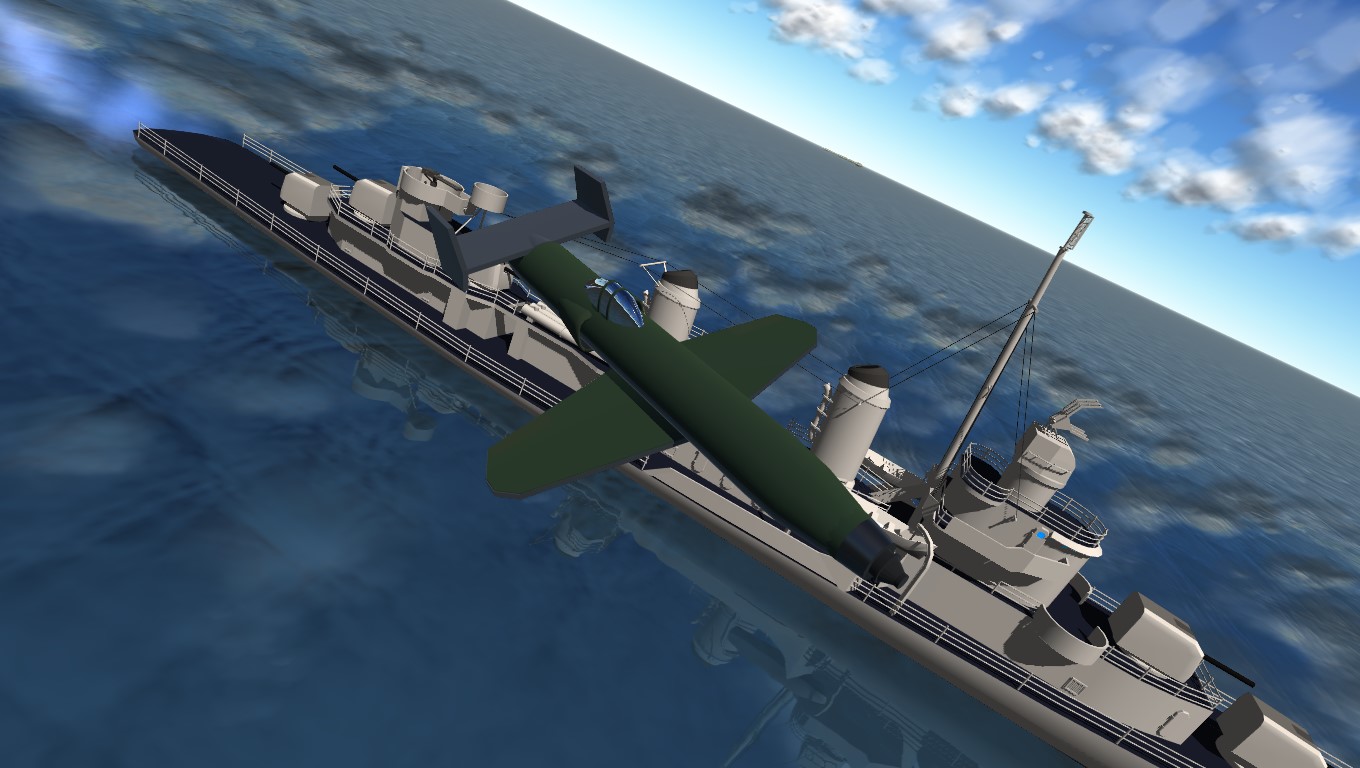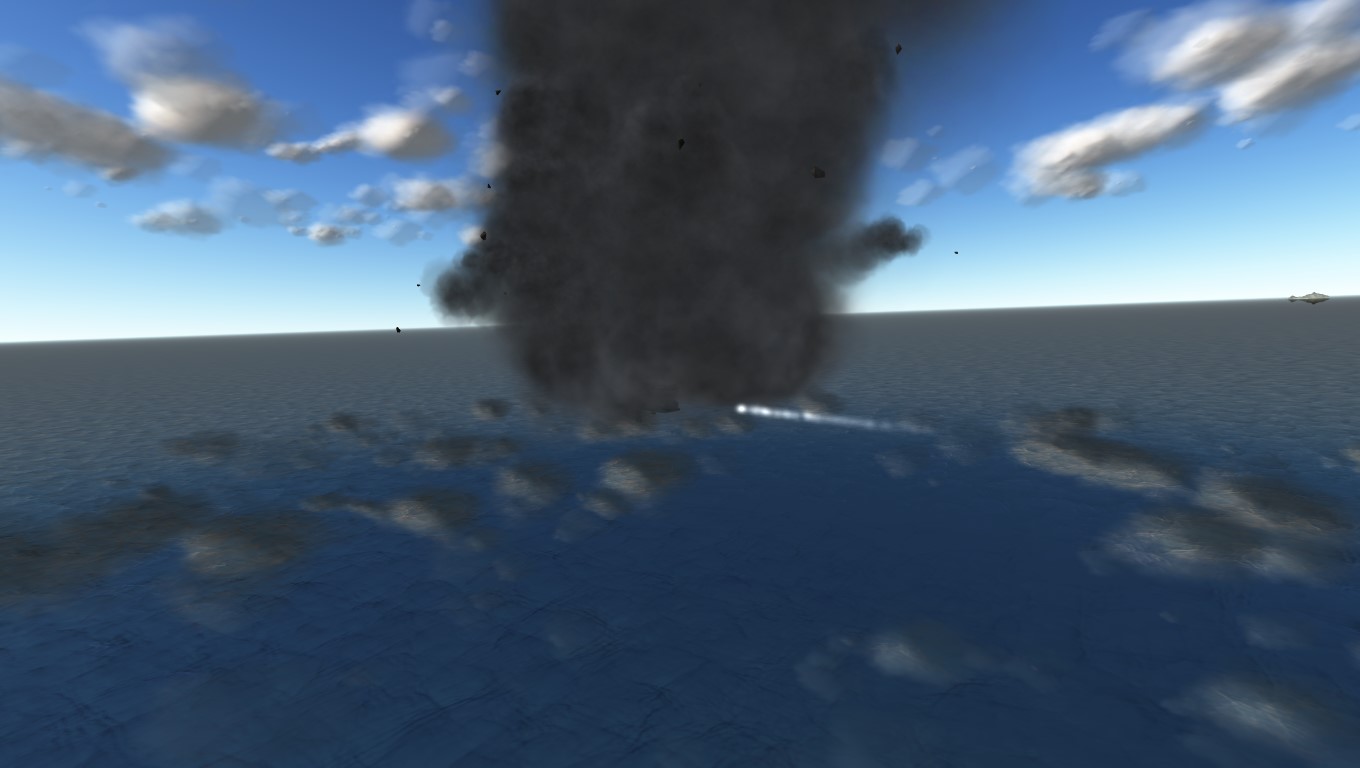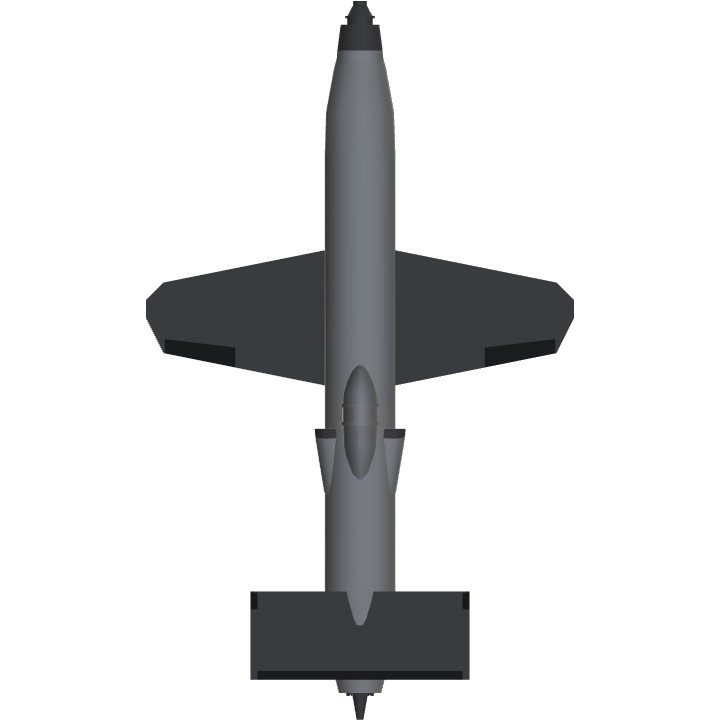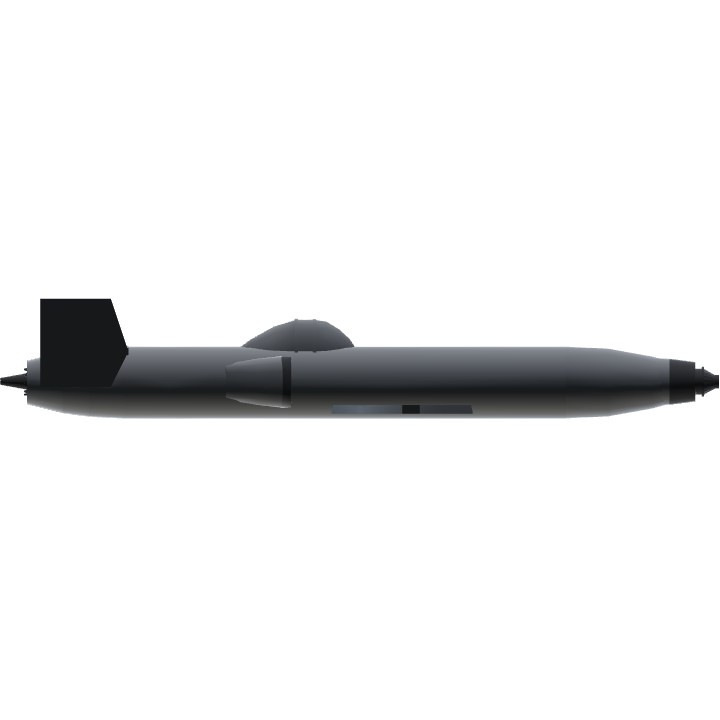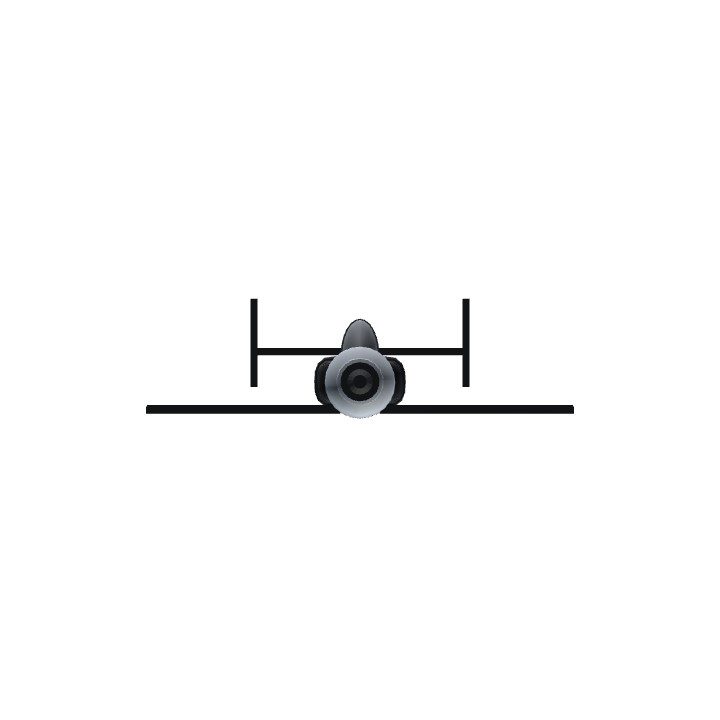The MXY-7 Navy Suicide Attacker Ohka was a manned flying bomb that was usually carried underneath a Mitsubishi G4M2e Model 24J "Betty" bomber to within range of its target. On release, the pilot would first glide towards the target and when close enough he would fire the Ohka's three solid-fuel rockets, one at a time or in unison,[2] and fly the missile towards the ship that he intended to destroy.
The design was conceived by Ensign Mitsuo Ohta of the 405th Kokutai,[3] aided by students of the Aeronautical Research Institute at the University of Tokyo. Ohta submitted his plans to the Yokosuka research facility. The Imperial Japanese Navy decided the idea had merit and Yokosuka engineers of the Yokosuka Naval Air Technical Arsenal (Dai-Ichi Kaigun Koku Gijitsusho, or in short Kugisho[4]) created formal blueprints for what was to be the MXY7. The only variant which saw service was the Model 11, and it was powered by three Type 4 Mark 1 Model 20 rockets. 155 Ohka Model 11s were built at Yokosuka, and another 600 were built at the Kasumigaura Naval Air Arsenal.[2]
The final approach was difficult for a defender to stop because the aircraft gained high speed (650 km/h (400 mph) in level flight and 930 km/h (580 mph) or even 1,000 km/h (620 mph) in a dive. Later versions were designed to be launched from coastal air bases and caves, and even from submarines equipped with aircraft catapults, although none were actually used in this way. The USS Mannert L. Abele was the first Allied ship to be sunk by Ohka aircraft, near Okinawa on 12 April 1945.[5][6] Over the course of the war, Ohkas sank or damaged three ships beyond repair, significantly damaged three more ships, with a total of seven U.S. ships damaged or sunk by Ohkas.
The Ohka pilots, members of the Jinrai Butai (Thunder Gods Corps), are honored in Japan at Ohka Park in Kashima City, the Ohka Monument in Kanoya City, the Kamakura Ohka Monument at Kencho-ji Zen temple in Kamakura, Kanagawa, and the Yasukuni Shrine in Tokyo.\
-Wikipedia
SPEED - 700 MPH
Specifications
General Characteristics
- Created On Windows
- Wingspan 19.6ft (6.0m)
- Length 33.4ft (10.2m)
- Height 5.4ft (1.7m)
- Empty Weight N/A
- Loaded Weight 8,293lbs (3,762kg)
Performance
- Power/Weight Ratio 8.128
- Wing Loading 34.7lbs/ft2 (169.6kg/m2)
- Wing Area 238.8ft2 (22.2m2)
- Drag Points 911
Parts
- Number of Parts 38
- Control Surfaces 4
- Performance Cost 159

